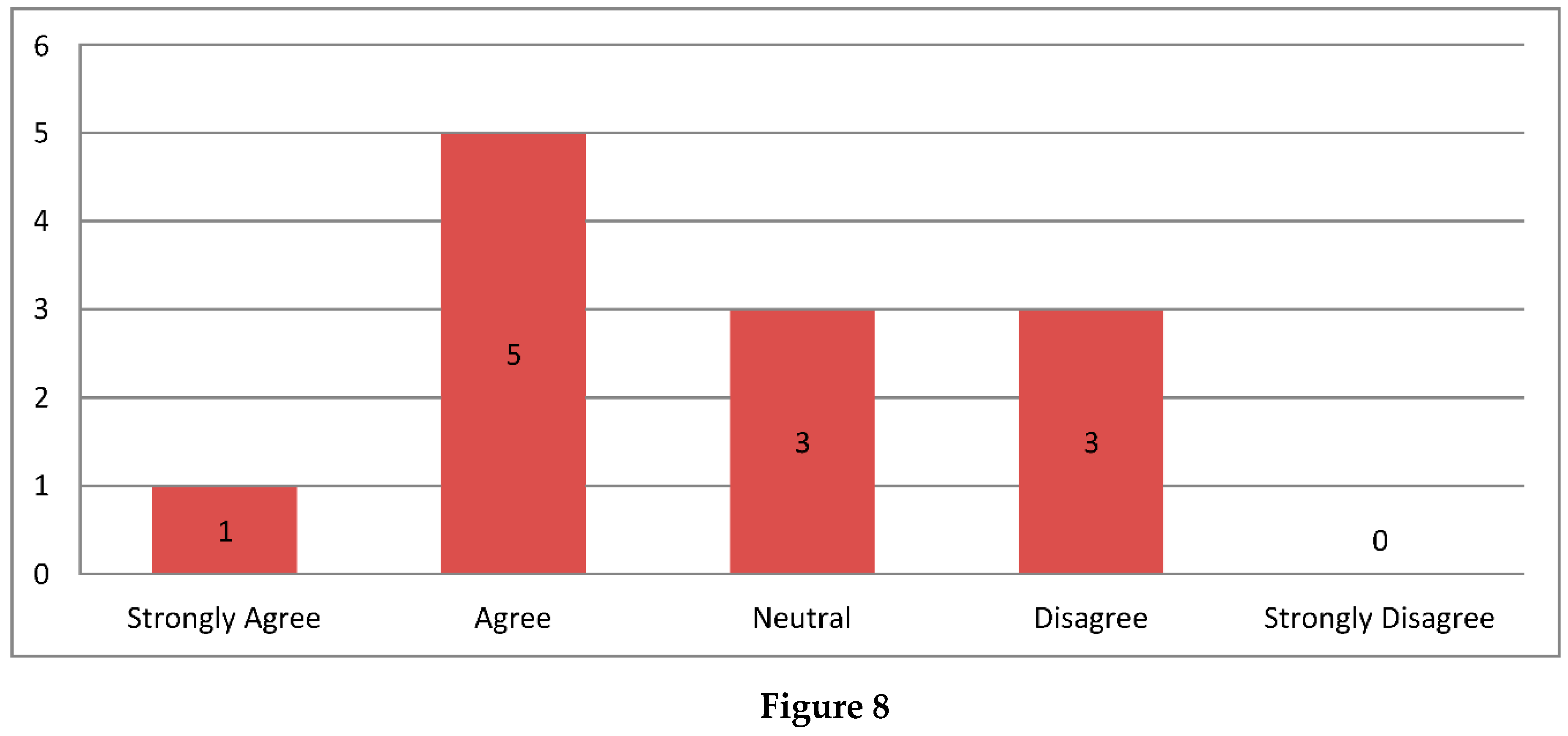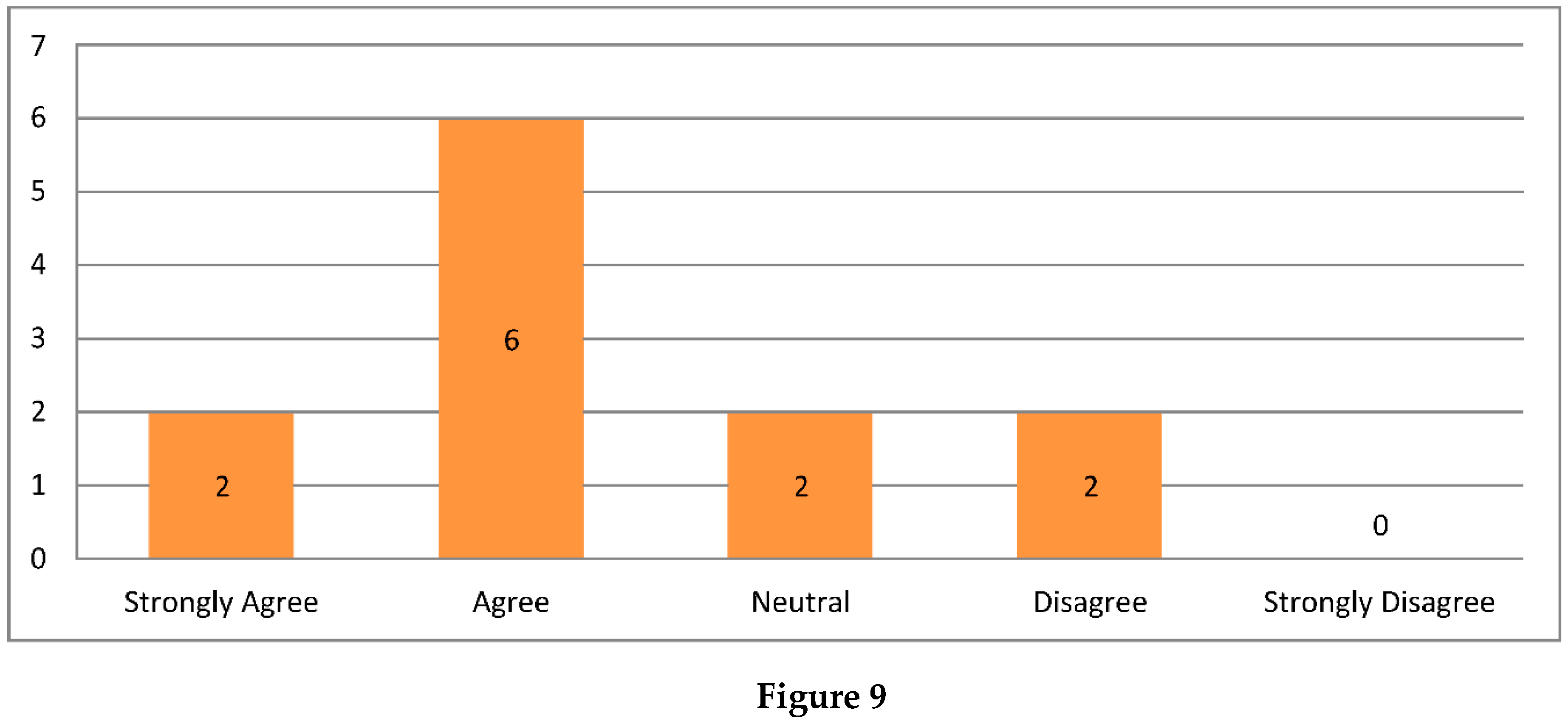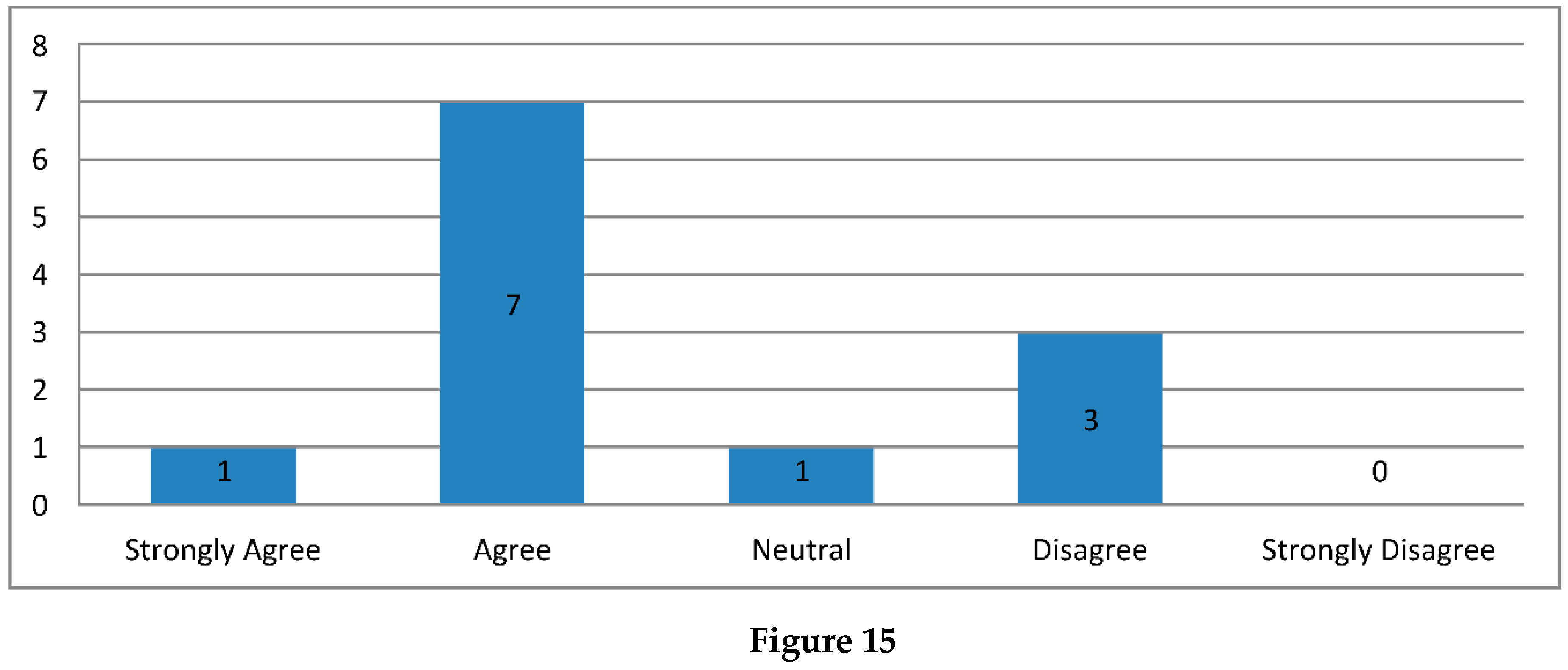1. Introduction
Presently, an Agile Software Development model is the most useful model in Software Industries, which provides the flexible environment for both customer and software developers. Earlier, old traditional models used for software development, which was rigid to change in later stages. After that, an agile process introduced for customer satisfaction and value to the customer. Agile processes distributed in three big famous models; Scrum [
1], Kanban [
6] and Extreme Programming [
2].
1.2. Scrum Method:
The Scrum method is an iterative approach, which divides the tasks into small number of pieces, which called sprint. After each sprint, a sprint review meeting holds to identify the all-good and bad things in order to improve before the next sprint. The Scrum came from the popular sport Rugby [
1], in which fifteen players on two teams compete against each other. In the Scrum Models, there are three distributed roles [
1]; Product Owner, Scrum Master and development Team.
1.2.1. The Product Owner:
The Product Owner has performs his responsibilities as the project manager in the Scrum Model, who act as a bridge between the Customer and Development team. The Product Owner directly coordinates with the Customer and Scrum Master to stabilize the software development. Product Owner (PO) is responsible timely maintain the Product Backlog (PB) items [
1].The basic responsibilities of Product owner is to express product backlog, ordering the backlog items, optimizing the value of work of the development team, ensure that the product backlog is visible and ensure that the backlog items are understood by development team. The role of product owner is also difficult as he is responsible for the financing of the product during the life cycle. He clarifies the requirements and objectives of the projects. [
8]The product owner efforts to maximize the output the team, output of each task and ROI.
1.2.2. The Scrum Master (SM):
The Scrum Master performs his duties as a servant leader in the Scrum team, who provides different type of services to the Product Owner (PO), Development Team (DT) and to the organization. The Scrum Master has responsible to maintain the Scrum Backlog product items. Moreover, the role of Scrum Mater is very important in the Scrum Team. Who is directly coordinate with the development team if any obstacles arise.The Scrum master provides different types of services to the PO that is ensure that goal and scope are understood by the scrum team finds effective PB management techniques helps the scrum team for clear the PBI, practicing agility and facilitate Scrum team. [
1] In addition, it is also find out that Scrum Master performs their role as a project manager. [
9] As this situation may cause the negative impact on the performance of the team, as such scrum master may have in tension and conflicts of interest. Scrum Master Role may be divided into different activities that is facilitating, mentoring, negotiating, process adapting, coordinating and protecting. [
4] These activities are daily performed by Scrum Master practically into the industry.
1.2.3. The Development Team:
The Development team plays an active role for the development of the software, which comprises developers, testers and engineers. The development teams are cross functional and consist of three professionals these work hardly and devotedly to deliver an increment at the end of each sprint. [
10]
2. Research QUESTIONS
How the role of Scrum Master is effective in software organizations?
3. Background
The term Agile express the agility, which called flexibility. The Agile Software Development (ASD) is the bid term that consists on different development methods Scrum [
1], Extreme Programming (XP) [
2] and Kanban [
6]. In the Scrum Method, the Scrum Master plays a crucial role for effectiveness. Many authors explored the role of Scrum Master as given under:
“Rashinda Hoda (2021)[
4]” conducted a research through multiple research techniques to investigating the role of Scrum Master in agile projects. In his study, a data collected through questionnaire from 47 respondents and interviews from 39 respondents (Scrum Masters, Developers, Managers & project managers). They identified the Scrum Master responsibilities from industry and make association between agile practices. However, the key limitation of their study was quantitative strand is the relatively small sample size.
“John Noll (2017) [
5] discover the role of Scrum Master and divided the Scrum Master responsibilities into ten activities by mixed method Systematic literature reviews. In this study, the author identified the daily activities of Scrum master in the practice performed in the software organizations.
Lv Yi (2011) [
7] presented a conference in which, the role of Scrum master cannot assumes as a project Manager. In this study, the author arguments that the role of Scrum Master and Project Managers are totally different
From the analysis of literature, we can see that there are many articles exist that explored the role of Scrum Master in theory or practice. However, according to our knowledge, none of the currently conducted studies on the effectiveness of the role of Scrum Master.
Therefore, there is a need to find the effectiveness of the role of Scrum Master in Agile Projects, which affect Scrum Master, creates in the Scrum. We will identify the effectiveness of the role of Scrum Master and find the possible positive or negative associations of Scrum Master in the Scrum Models.
4. Research METHODOLOGY
The research process is necessary to carry out this survey. To find the key facts, a large numbers of participants will be approach to develop the theory. The majority of the respondent of this research will be Scrum Master who conform to Scrum principles.
The Qualitative research is a study in which researchers gather the facts by conversational communication. This study helps to finds about “What” and “Why” facts. We will conduct a Qualitative Research on the role of Scrum Master to find the key facts of effectiveness of Scrum Master.
The quantitative and qualitative both type data has been collected from the respondents:
The Questionnaire has been designed to quickly get the clear picture of the respondents likewise their demographic information, experiences, their projects details etc.
After that an interview are also conducted of the respondents who were willing after response the question form.
We also check the Scrum Compliance of the organizations where data has been collected.
4.1. Data Collection Sources
The data has been collected from different sources. The participants were engaged from Pakistani Software Industries and approached through LinkedIn and other online forums.
4.2. Data Collection Tools/Instruments
First, quantitative data collected from the participants by questionnaire. After that, willing participants were engaged for an interview.
4.2.1. Quantitative Data Collection
The questionnaire were designed by using the Google Forms which is most effective for quickly get Reponses of the respondents.
5. Analysis AND RESULTS:
The participants engaged for the study were playing different roles likewise Product Owner, Scrum Masters, Quality Engineer and developers. The result indicates that organizations effectively practice the Scrum ceremonies in their organizations. The results also show that the Scrum Masters have the most effectiveness in any organizations. 12 participants has response and willing for their knowledge sharing. The data collected from the sources described in the following sections:
5.1. Results
The survey results based on quantitative data, show as different charts and tables.
The collected data shows that the organizations have efficiently performed the Scrum Method in their organizations:
The results show that Scrum Master has different abilities, which is performed efficiently in the organizations.
5.1. Data ANALYSIS:
In the following sub-sections we have described the data analysis method and techniques applied to the qualitative and quantitative data.
5.1.1. Quantitative Data Analysis:
The majority part of quantitative data analysis consist the data collected through questionnaire. The data analyzed using the different Statistical techniques likewise MS Excel. Which is most effective for managing data and calculations of quantitative data. The data is also arranged in different forms likewise tables, diagrams and graphical charts by using statistical techniques.
In the questionnaire, a Likert Scale used to collect the quantitative data from the respondents. The Likert scale allows analyzing the data more precisely.
In this section, the participants asked about Scrum Ceremonies and its compliance. They have given five-response option: Not used, Occasionally, Frequently, Regularly and not applicable.
For analysis purposes, we merged the results of “Regularly” and “Frequently” in the higher level i.e. “High Frequency of Use (HFU)” and “Occasionally” and “Not applicable” in the lower level i.e. “Low Frequency of Use (LFU)”.
Table 1.
SCRUM COMPLIANCE OF THE ORGANIZATIONS.
Table 1.
SCRUM COMPLIANCE OF THE ORGANIZATIONS.
| Ceremonies |
HFU |
LFU |
Experience of the Participants followed Scrum |
| 1-5 |
5-10 |
10-15 |
| Daily Scrum |
66.67% (N=8) |
33% (N=4) |
83% |
17% |
8% |
| Scrum Meeting |
58.33% (N=7) |
42% (N=5) |
75% |
25% |
0% |
| Product Backlog |
75.00% (N=9) |
25% (N=3) |
92% |
8% |
8% |
| Sprint Backlog |
91.67% (N=11) |
9% (N=1) |
75% |
8% |
0% |
| Short Iterations |
58.33% (N=7) |
42% (N=5) |
83% |
17% |
0% |
| Retrospective |
58.33% (N=7) |
42% (N=5) |
58% |
8% |
0% |
| Sprint Review |
75.00% (N=9) |
25% (N=3) |
42% |
0% |
8% |
| Definition of Done |
66.67% (N=8) |
33% (N=4) |
92% |
0% |
8% |
| Overall Frequency of Compliance: |
92% |
In this section, we measure the effectiveness of Scrum Master in the agile projects. This section provides the option to the respondents how Scrum Master produces positive or negative effectiveness in Agile Projects by his abilities.
Table 2.
SUMMARY OF EFFECTIVENESS OF SCRUM MASTER.
Table 2.
SUMMARY OF EFFECTIVENESS OF SCRUM MASTER.
| Sr .# |
Abilities |
Effectiveness in Agile Projects |
| HEF (Higher Effectiveness Frequency) |
LFE (Lower Effectiveness Frequency) |
| 1 |
Ensures that the entire team supported the implemented Scrum process. |
67% (N=8) |
17% (N=2) |
| 2 |
Aware of different phases in which a team will go through when working as a team |
75% (N=9) |
25%(N=3) |
| 3 |
Supports the team for understanding the
agile principles because principles are more important than the practices. |
67% (N=8) |
25%(N=3) |
| 4 |
Resolves the conflict between team
members is arises.
|
67% (N=8) |
25%(N=3) |
| 5 |
Known about the suitable time for any type of
change without causing the irreparable damage.
|
67% (N=8) |
25%(N=3) |
| 6 |
Supports the growth of team, he daily
change as a coach and teacher to mentor the team.
|
67% (N=8) |
17% (N=2) |
| 7 |
Prevent the team from failing. In case of
failing encourage it will be more valuable for us and gives a good advice
|
50% (N=6) |
25%(N=3) |
| 8 |
Encourages the team to take the ownership
of their tasks.
|
58% (N=7) |
25%(N=3) |
| 9 |
Resourceful to remove the impediments? |
67% (N=8) |
17% (N=2) |
| 10 |
Tactful, a diplomatic personality? |
67% (N=8) |
17% (N=2) |
| 11 |
Motivates the team in self-organizing |
58% (N=7) |
33% (N=4) |
| 12 |
Observes the daily team activities |
67% (N=8) |
25%(N=3) |
| Overall Frequency of Effectiveness of Scrum Master in Agile Projects = 65% Where Scrum Master produces positives effects of his presence. |
| Weak Areas where Scrum Master produces negative effects = 21% |
5.2.2. Qualitative Data Analysis:
The qualitative data analyzed by using thematic analysis, the thematic analysis method help to analyze the qualitative data using themes and patterns. The thematic analysis consists of six steps as given below:
In the first step, the researcher familiarizes himself with the data. We recorded the interviews in audio forms after that re-listen and transcribed it. After transcribing the all interviews, the whole data was re-read and establish in the content form.
The Second step was the data managed in the tabular form about the abilities were link with their positive and negative impacts and make organized understandable.
The third step, the data separated where duplication exist. Each challenge linked with their reasons without any duplications and precise able manner.
In the fourth step, the data was re- organized and made refinement where vagueness exist and extract the whole data in graphical form.
The fifth and second last step was to make additional refinement and reviewing the whole data before to given any phenomena or theory.
Sixth and last step was finagling the report and present enough evidence from extracted data
6. Findings
We efforts to finds the effectiveness of the Scrum Master in agile projects, which may produces the both positive and negatives impact in the agile projects. The findings of our research is given as under:
- ➢
We found the Scrum Master has great impact in the agile projects. Mostly Scrum Master generates positive impact in the agile projects, which is most effective for any agile project.
- ➢
We found that the Scrum Master has many fruitful abilities for the Agile Projects.
- ➢
Scrum Masters has a good risk analyzer.
- ➢
Scrum Master compensate his team to make the team more effective for the agile projects.
- ➢
Scrum Masters also has a good leader in any scrum-adopted organization.
- ➢
Scrum Masters can change the mind of people by giving rewards in case of any team get involved in negative thinking about the processes or de-motivates.
7. Threat TO INTERNAL VALIDITY
Our study based on qualitative nature, to show the key facts of the study. The qualitative data were collect with face-to-face interviews. Meanwhile the interviews were transcribed manually using thematic analysis method.
The key limitation of the study is the qualitative data that may have limited approach in real scenarios. During transcribing the interviews, some of the key facts may overlook to show the factual grounds.
8. Conclusion
In this study, we presented the abilities of Scrum Master and his positive and negative associations with the agile projects. Our study also explore the both quantitative and qualitative data. We also presented the Scrum compliance of the organizations where the data collected. In addition, we see that mostly industries has fully adopted the Scrum framework. We see that, Scrum Master has a great positive effectiveness in any agile projects i.e. 65% Scrum Masters generates positive impact in the agile projects. However, 21% Scrum Masters generates negative impact in the agile projects. In future, we may find the Scrum Master roles in hybrid frameworks.
References
- The Scrum Guide™.
- “John T. Bell” (2017) “Extreme Programming.
- “Wilfred van Casteren” (2017) “The Waterfall Model and the Agile Methodologies A comparison by project characteristics”.
- “RashinaHoda” (2021) “Spearheading agile: the role of the scrum master in agile project”. The empirical Software Engineering (2021) 26:3 . [CrossRef]
- John Noll, Mohammad AbdurRazzak, Julian M. Bass, “A Study of the Scrum Master’s Role” M. Felderer et al. (Eds.): PROFES 2017, LNCS 10611, pp. 307–323, 2017.
- MurisLage Junior MoacirGodinhoFilho. “Variations of the kanban system: Literature review and classification” , M. Lage Junior, M. GodinhoFilho / Int. J. Production Economics 125 (2010) 13– 21 (2010). [CrossRef]
- Lv Yi, “Manager as Scrum Master”, 2011 Agile Conference.Hrafnhildur Sif Sverrisdottir, “The role of the product owner in scrum comparison between theory and practices” 2014.
- 8. The Scrum Guide™.
- J. Tabaka, “11 ways agile adoption fails,” StickyMinds.com Column, stickyMinds.com,, retrieved March 2011.
- M. Cohn, Succeeding with Agile Software development using scrum, Addison-Wesley, 2009.
- SigurhannaKristinsdottir& Marta Larusdottir, “Responsibilities and Challenges of Product Owners at Spotify - An Exploratory Case Study” 2016.
- DemirHajdarevic, “The Role of Product Owners An Empirical Investigation of the Role of Product Owners and Challenges in Agile Scrum Projects, 2018.
- Kenneth S.Rubin, Essential Scrum A Practical Guide to the most popular Agile Process.
- Salo, O., &Abrahamsson, P. (2008). "Agile methods in European embedded software development organisations: a survey on the actual use and usefulness of Extreme Programming and Scrum." Software, IET software 2, No. 1, pp 58-64.
- Kurapati, N., Manyam, V. S. C., & Petersen, K. (2012) "Agile software development practice adoption survey." Agile Processes in Software Engineering and Extreme Programming, Springer, Berlin Heidelberg, pp 16-30.
|
Disclaimer/Publisher’s Note: The statements, opinions and data contained in all publications are solely those of the individual author(s) and contributor(s) and not of MDPI and/or the editor(s). MDPI and/or the editor(s) disclaim responsibility for any injury to people or property resulting from any ideas, methods, instructions or products referred to in the content. |
© 2023 by the authors. Licensee MDPI, Basel, Switzerland. This article is an open access article distributed under the terms and conditions of the Creative Commons Attribution (CC BY) license (http://creativecommons.org/licenses/by/4.0/).



















